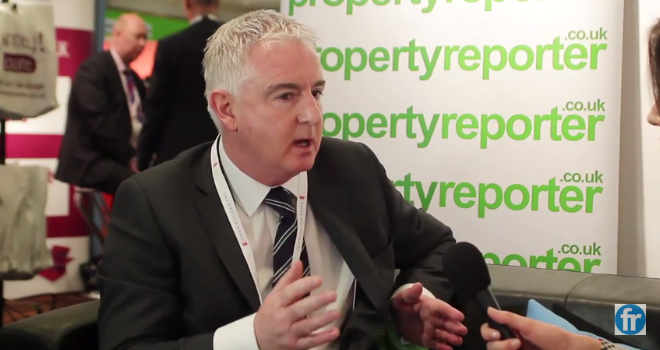
I’m talking about the new wave of ‘challenger’ banks that are emerging, throwing down the gauntlet to the established order and taking advantage of regulatory changes in the wake of the 2008 financial sector crisis.
More and more of them are entering the market, but there’s more behind them than just extra competition within the industry. Challengers do things differently, fulfilling the digital expectations of an increasingly mobile consumer base.
As legacy banks deal with outdated core systems and processes steeped in tradition, the new challengers’widespread use of the latest technology, supplemented by greater transparency and cleaner reputations, sets them apart. They are determinedly customer-friendly too –something which the traditional models are not particularly renowned for.
Take Metro Bank for example. Their branches are open until 8.00pm on weekday evenings and also stay open until 5.00pm on Saturdays AND Sundays and can issue debit cards on the spot. Virgin Money meanwhile offer lounges where “local communities can come together.” Creating this new, open, welcoming culture is a major part of challenger strategy.
At a time when public opinion of the industry has never been worse, challengers have the potential to be a much-needed shot in the arm.
The dominance of the major banks is likely to remain for the foreseeable future, with their considerable reach and infrastructure, but one recent survey suggested that 13 per cent of people would switch to a digital-only offering. That number that is likely to grow, as younger generations are much more at ease with technology and expect it to be at the heart of most things they do.
This at a time when, according to a 2013 YouGov poll to assess public trust in the banking sector, 73 per cent of respondents believed the reputation of banking was bad. Challenger banks could not have asked or a better environment in which to make their move.
As they do, the intermediary sector must grasp the opportunity too.
We are currently responsible for the arrangement of more than 70 per cent of all mortgages and that figure is set to rise over the next three to four years.
So get to know this emerging new market. Speak to these new lenders, contact their BDMs and find out exactly what each has to offer and how best you can, in turn, offer even better service to your customers.
The intermediary channel provides a flexible and scalable distribution outlet and brokers must be ready to play a key role in their strategies.
Typical first-time buyers can be faced with more than 50 mortgage options from each of the big banks. Challengers meanwhile, are dedicated to simplicity, making their offerings a lot easier to advise on.
We have seen little product innovation in the mortgage market over the last seven years. Instead, there has been a proliferation of marginal tweaks in product features as the major players have sought to differentiate. That has just left consumers confused by the myriad of choices.
Challenger banks are going to change that landscape. It will take time, but it is clear that this process has begun.





